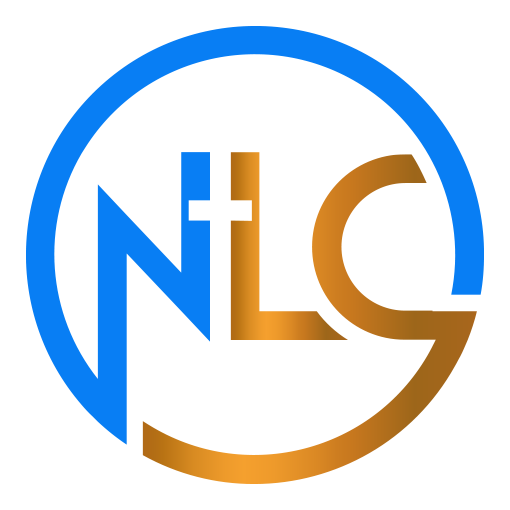| Nisan (March–April) | Passover (Pesach) | Exodus 12:1–14; Leviticus 23:4–5 | Commemorates Israel’s deliverance from Egypt and the blood of the lamb on doorposts. | Fulfilled in Christ our Passover Lamb (1 Corinthians 5:7) — His crucifixion brings redemption. |
| Feast of Unleavened Bread | Leviticus 23:6–8 | Seven-day feast removing leaven (sin) from homes; symbolizes purity and separation. | Jesus was buried during this feast, sinless and set apart — leaven removed. |
| Feast of Firstfruits | Leviticus 23:9–14 | Offering of the first harvest to God, thanking Him for provision. | Jesus rose on this day — the Firstfruits of the resurrection (1 Corinthians 15:20). |
| Iyar (April–May) | Counting of the Omer (49 days) | Leviticus 23:15–16 | Period between Firstfruits and Pentecost; time of anticipation for God’s next move. | Represents the waiting period between resurrection and the coming of the Holy Spirit. |
| Sivan (May–June) | Feast of Weeks (Shavuot / Pentecost) | Leviticus 23:15–21 | Commemorates giving of the Law at Sinai; a harvest festival. | Fulfilled when the Holy Spirit was given on Pentecost (Acts 2) — the Law written on hearts. |
| Tammuz (June–July) | (No major feast; associated with mourning and idolatry in Jewish history) | Ezekiel 8:14 | Month of idolatrous practices in Israel’s past. | Reminder of spiritual compromise; believers are called to steadfastness and purity. |
| Av (July–August) | Tisha B’Av (9th of Av) | 2 Kings 25:8–10 | Day of mourning for destruction of both Temples and other calamities. | Calls attention to God’s faithfulness amid judgment — points toward Christ’s eternal temple. |
| Elul (August–September) | (Month of repentance and preparation) | Amos 4:12 | Time of self-examination before the High Holy Days. | Symbolic of repentance before Christ’s return — spiritual readiness. |
| Tishrei (September–October) | Feast of Trumpets (Rosh Hashanah) | Leviticus 23:23–25 | New year; blowing of trumpets calls to repentance and reminds of God’s kingship. | Points to the future return of Christ — “the trumpet will sound” (1 Thessalonians 4:16). |
| Day of Atonement (Yom Kippur) | Leviticus 16; 23:26–32 | Holiest day; high priest enters the Holy of Holies to atone for Israel’s sins. | Fulfilled in Jesus’ once-for-all sacrifice (Hebrews 9:11–12). |
| Feast of Tabernacles (Sukkot) | Leviticus 23:33–43 | Celebrates God dwelling with Israel in the wilderness; a harvest celebration. | Fulfilled in Christ dwelling among us (John 1:14) and points to His future reign. |
| Cheshvan (October–November) | (No feasts; traditionally a quiet month) | — | Known as “the month with no holidays.” | Reflects waiting for future fulfillment — the Messianic kingdom yet to come. |
| Kislev (November–December) | Hanukkah (Feast of Dedication) | John 10:22; 1 Maccabees 4:36–59 | Celebrates rededication of the Temple after desecration by Antiochus Epiphanes. | Jesus honored this feast; symbolizes light overcoming darkness — Christ as the Light of the World. |
| Tevet (December–January) | (Minor fasts and remembrance) | Esther 2:16–17 | Esther was taken to King Ahasuerus this month. | Highlights God’s hidden providence during trials. |
| Shevat (January–February) | Tu B’Shevat (New Year for Trees) | Leviticus 19:23–25 | Celebrates God’s provision through creation. | Symbolic of spiritual fruitfulness in Christ (John 15:5). |
| Adar (February–March) | Purim | Esther 9:20–32 | Celebrates Israel’s deliverance in the days of Esther. | Symbolizes victory over evil — God’s unseen hand of protection. |


